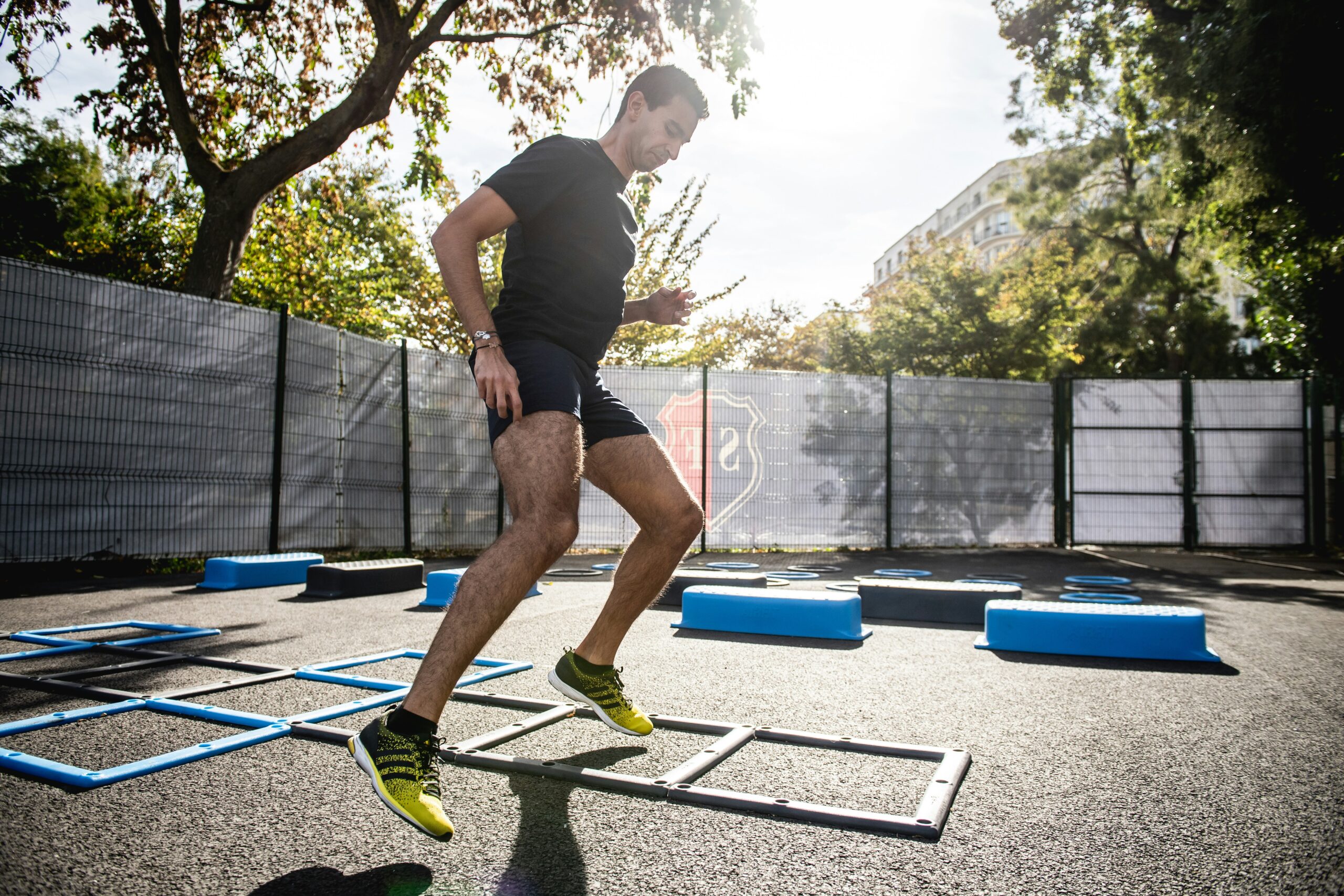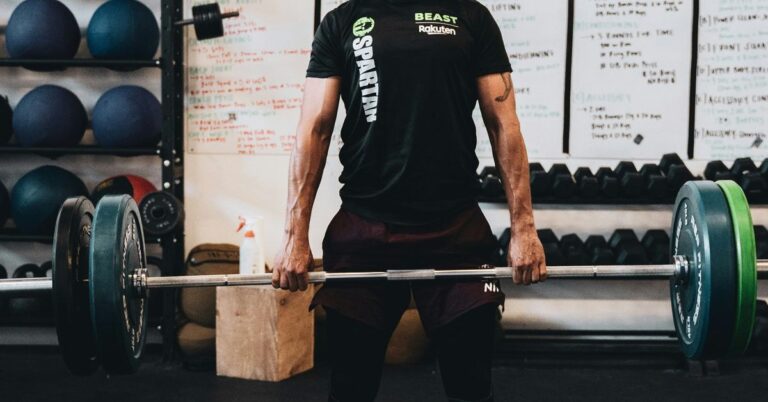Elevating Your Game with Mindfulness Techniques for Athletes
In the high-stakes world of sports, where every second counts and every decision can alter the course of a game, mental fortitude is just as critical as physical prowess. You might be wondering, amidst the clamor of whistles and cheers, how does one cultivate such mental resilience? The answer lies in the practice of mindfulness—a powerful tool that is rapidly gaining traction among athletes striving to elevate their performance.
Let’s be clear: mindfulness isn’t some new-age gimmick or a quick fix. It’s an age-old practice rooted in ancient traditions, promising to sharpen focus, enhance emotional regulation, and ultimately, transform how athletes experience their craft. I remember when I first stumbled upon mindfulness techniques during a particularly grueling training camp. I was exhausted—mentally and physically. Yet, the introduction of simple breathing exercises shifted my perspective entirely. It struck me that perhaps this wasn’t just about strengthening muscles but also about steeling the mind.
Understanding Mindfulness
At its core, mindfulness is about being present in the moment. It’s about observing thoughts and feelings without judgment—a skill that can be incredibly beneficial for athletes, who often find themselves battling distracting thoughts during competitions. Think about it: how often have you been in the middle of a game, and your mind starts drifting to what’s for dinner or the upcoming deadline at work? Mindfulness helps train your brain to stay anchored, allowing you to perform at your best.
Studies suggest that a significant number of athletes who incorporate mindfulness into their training report improvements in focus, stress reduction, and overall performance. But what does this look like in practice? Let’s dive deeper.
The Science Behind Mindfulness
Research on mindfulness and sports performance is growing, with numerous studies highlighting its benefits. For instance, a meta-analysis published in the journal Psychology of Sport and Exercise found that athletes who practiced mindfulness exhibited significantly lower levels of anxiety and improved focus compared to their counterparts who did not. This isn’t just fluff; the numbers speak volumes.
Furthermore, the physiological effects of mindfulness cannot be overlooked. When athletes engage in mindfulness practices, their bodies shift from a state of high stress—characterized by elevated cortisol levels—to a more relaxed state. This shift can enhance recovery, improve sleep quality, and even boost the immune system. Imagine stepping onto the field with a calm mind and a body ready to perform; it’s a game-changer.
Practical Mindfulness Techniques for Athletes
Now that we’ve established the importance of mindfulness, let’s explore some practical techniques athletes can incorporate into their routines. These aren’t one-size-fits-all solutions; rather, they’re adaptable tools that can complement any training regimen.
1. Focused Breathing
Breathing techniques are the cornerstone of mindfulness. A simple yet powerful exercise is focused breathing, where you concentrate solely on your breath. Here’s how to do it:
- Find a quiet space, free from distractions.
- Close your eyes and take a deep breath in through your nose.
- Hold your breath for a count of four.
- Exhale slowly through your mouth, letting go of any tension.
- Repeat this process for several minutes, focusing solely on your breath.
This technique can be particularly beneficial before a competition or during a stressful moment in training. I recall a sprinter who used this method before each race, transforming her nerves into focused energy.
2. Body Scan Meditation
A body scan is another effective mindfulness practice. This involves mentally scanning your body from head to toe, paying attention to any sensations or areas of tension. Here’s a quick guide:
- Lie down comfortably or sit in a relaxed position.
- Close your eyes and take a few deep breaths.
- Starting from your toes, focus on each part of your body, noticing any tension or discomfort.
- As you breathe out, visualize releasing that tension.
- Work your way up through your body, ending at the crown of your head.
This practice not only promotes relaxation but also fosters a deeper connection between the athlete and their body, which is crucial for performance.
3. Visualization Techniques
Visualization is a powerful tool that many elite athletes swear by. It involves imagining yourself performing at your best, whether that’s hitting a perfect serve in tennis or scoring a goal in soccer. Here’s how you can implement this:
- Find a quiet space and sit comfortably.
- Close your eyes and take a few deep breaths.
- Visualize yourself in your sport, performing flawlessly. Engage all your senses—what do you see, hear, and feel?
- Practice this regularly, especially before competitions.
One athlete I spoke with described a pre-race ritual where he would visualize not only the finish line but also the emotions he would feel crossing it. This mental rehearsal can create a sense of familiarity and confidence when it comes time to compete.
Mindfulness in Action: Real-Life Applications
Now, let’s take a look at how some athletes have successfully integrated mindfulness into their routines and reaped the benefits. Spoiler alert: it’s not just about yoga and meditation.
The NBA’s Mindfulness Movement
The NBA has been at the forefront of incorporating mindfulness into training regimens. Teams like the Golden State Warriors and the Los Angeles Lakers have enlisted mindfulness coaches to work with players. For instance, the Warriors’ star player, Steph Curry, often speaks about the importance of meditation in maintaining focus during high-pressure situations. He credits his calm demeanor on the court to his mindfulness practice.
It’s not just the players who are benefiting; coaches are also embracing these techniques. A former NBA coach mentioned that incorporating mindfulness sessions into practice helped the team navigate the pressures of the playoffs, ultimately leading to a championship win.
Mindfulness in Endurance Sports
Endurance athletes, like marathon runners and triathletes, also find mindfulness to be a game-changer. They often face mental barriers during long events, where fatigue can cloud judgment and hinder performance. A respected marathon coach once told me that teaching athletes to focus on their breathing during the race can help them push through the pain and stay present. It’s like having a secret weapon against the mental fatigue that often accompanies long-distance events.
Take the case of an elite triathlete who, before adopting mindfulness practices, struggled with anxiety during competitions. After a few months of focused breathing exercises and visualization, she not only improved her performance but also transformed her relationship with racing. Instead of dreading the pain, she learned to embrace it as part of the journey.
Challenges and Misconceptions
Despite the growing popularity of mindfulness in sports, misconceptions still linger. Some may view it as a soft approach, a mere supplement to traditional training methods. However, it’s essential to recognize that mindfulness is not about avoiding challenges; it’s about facing them head-on with clarity and composure.
Many athletes initially struggle with mindfulness. The mind is a restless beast, and sitting in silence can feel like a daunting task. But here’s the thing: mindfulness is a skill that develops over time. Just like building muscle, it requires consistent practice. I remember my first attempts at meditation were filled with intrusive thoughts and an overwhelming urge to check my phone. (Spoiler alert: I didn’t check my phone.)
Incorporating Mindfulness into Everyday Life
Integrating mindfulness into your daily routine doesn’t have to be complicated. Here are some straightforward tips to get started:
- Start Small: Begin with just a few minutes of focused breathing each day, gradually increasing the duration as you become more comfortable.
- Create Rituals: Incorporate mindfulness practices into your training. This could be a short meditation session before workouts or a body scan after training.
- Stay Consistent: Like any other training regimen, consistency is key. Aim for daily practice, even if it’s just for a few minutes.
- Be Patient: Progress may be gradual. Celebrate small wins, like successfully completing a meditation session without distractions.
As an athlete, your mindset can be the difference between winning and losing. By embracing mindfulness, you not only enhance your performance but also cultivate a deeper connection with your sport. It’s a journey worth taking, even if it means confronting the occasional discomfort of stillness.
Conclusion
Mindfulness techniques for athletes are not just another trend; they are a vital component of a holistic approach to performance and well-being. The benefits—improved focus, reduced anxiety, and a greater sense of control—are invaluable in a world where every edge counts. So, whether you’re a seasoned professional or a weekend warrior, consider making mindfulness a part of your routine.
Reflecting on my own experiences, I can attest to the transformative power of these practices. Mindfulness has not only improved my performance but also deepened my appreciation for the sports I love. So, take a moment, breathe deeply, and embrace the present. You might just find that elevating your game starts from within.













